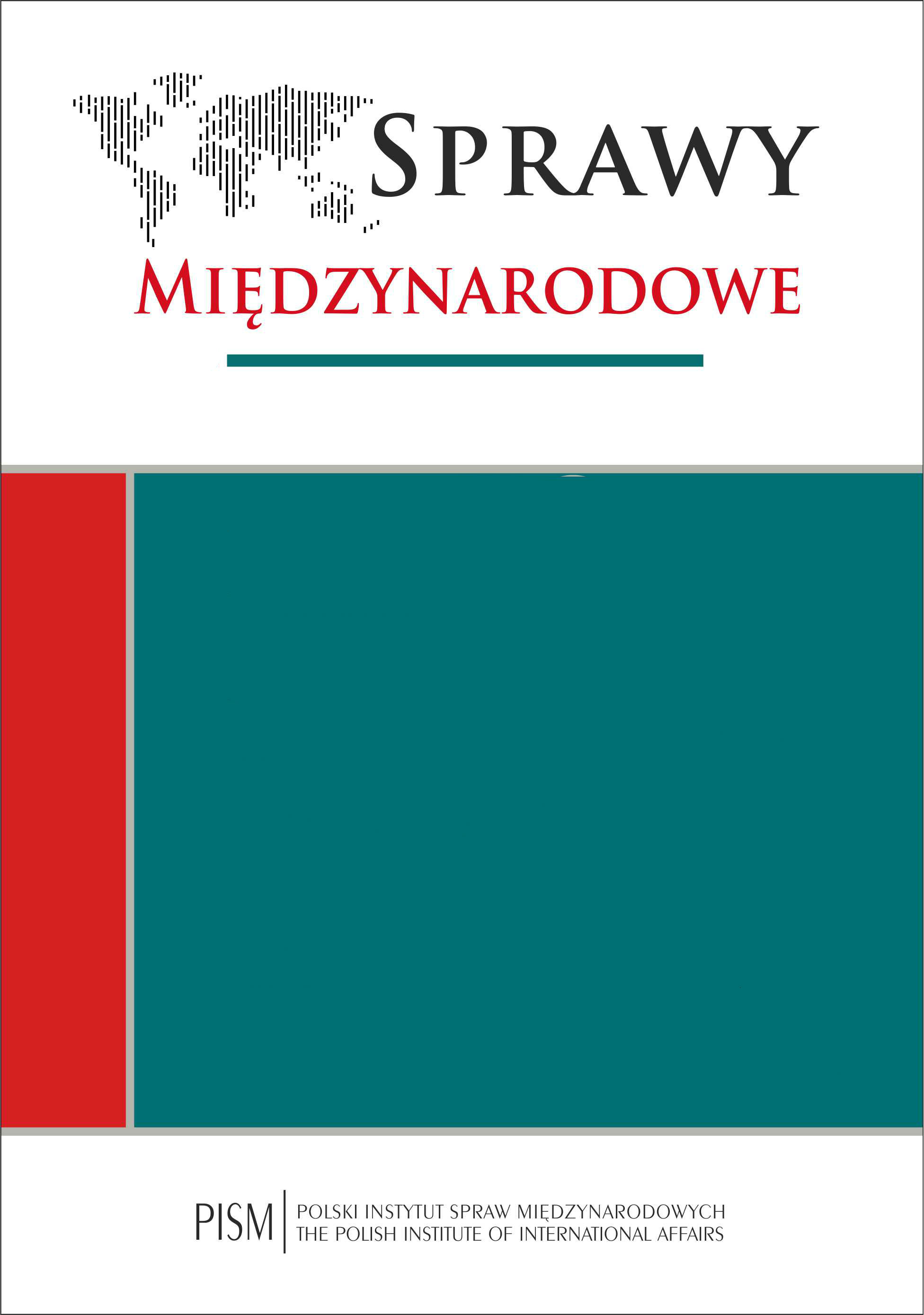Postęp programu nuklearnego Iranu w ocenach Stanów Zjednoczonych, Izraela i Międzynarodowej Agencji Energii Atomowej
Progress in Iran’s Nuclear Programme as Seen by the U.S., Israel
Author(s): Marcin Andrzej PiotrowskiSubject(s): Politics / Political Sciences
Published by: PISM Polski Instytut Spraw Międzynarodowych
Summary/Abstract: Islamic Revolution of 1979. Around 1985 some decision-makers within the theocratic regime took the initiative to restart the civilian and military nuclear programmes. In 1987–2002, the government of Iran systematically, and in deep secrecy, worked to gain knowledge, personnel and infrastructure for the full nuclear-fuel cycle. Contrary to Western concerns in the ’90s, the main supplier of these technologies was the Pakistani AQ Khan Network, not post-Soviet countries or China. Later this same decade, U.S. and Israeli intelligence gained information about secret military elements of the nuclear programme, including work on uranium enrichment, tests of elements necessary for the construction of a nuclear warhead, as well as studies on the adaptation of the Shahab-3 missile to it. The revelation of secret facilities in Natanz and Arak by the NCRI proved that Iran for almost two decades had not been implementing the requirements of the NPT. The IAEA investigation is a decade long and still far from explaining all the suspected facts of the Iranian programme. The UN agency has become an important clearinghouse for information from member countries and its inspectors and also received important intelligence information from the U.S. and Germany. In response to the regime change in Iraq in 2003, Iran decided to halt its secret work on a nuclear arsenal. Expecting an IAEA inspections, Iran also decided to close its secret facilities in Parchin and Lavisian. Iran, though, never allowed full cooperation with the IAEA and continued with uranium enrichment and in 2011 the IAEA had completed all indicators of the possible military dimension of Iran’s nuclear programme. In 2007, U.S. intelligence revised its previous estimate and concluded it had halted it. The article also compares differences in available intelligence estimates and stresses their different implications for the strategies of Israel and the U.S. towards Iran’s nuclearisation. The text also reconstructs and compares the evolution of these intelligence estimates and the official IAEA reports, including them in separate appendices.
Journal: Sprawy Międzynarodowe
- Issue Year: 2012
- Issue No: 4
- Page Range: 31-72
- Page Count: 41
- Language: Polish

